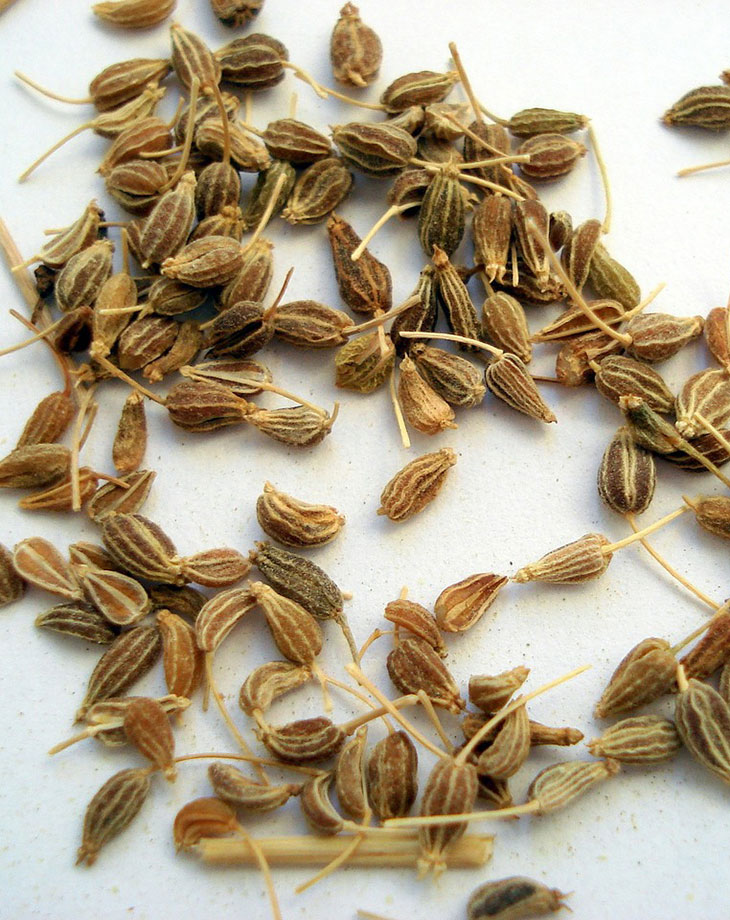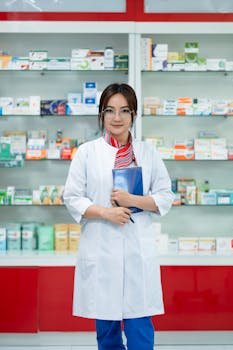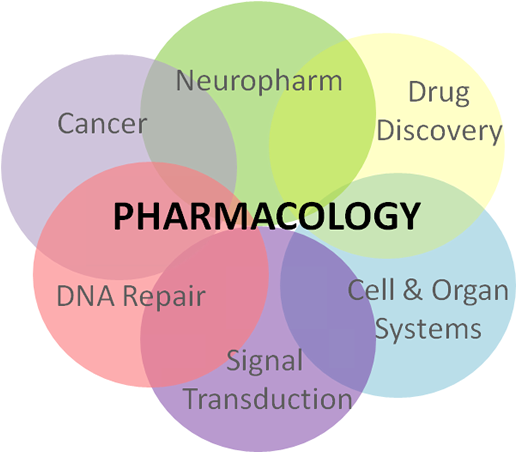Pharmacy
Pharmacy is the clinical health science that links medical science with chemistry. It is charged with the discovery, production, disposal, safe and effective use, and control of medications and drugs. The practice of pharmacy requires excellent knowledge of drugs, their mechanism of action, side effects, interactions, mobility and toxicity. At the same time, it requires knowledge of treatment and understanding of the pathological process. Some specialties of pharmacists, such as that of clinical pharmacists, require other skills, e.g. knowledge about the acquisition and evaluation of physical and laboratory data.
Recommended Books
Explore in Pharmacy
Chapters All ❱
![]() diksha bhatla
diksha bhatla
29 Jun 2022
The human gastrointestinal tract (GIT) is an organ system responsible for consuming and digesting food....
![]() diksha bhatla
diksha bhatla
28 Jun 2022
The nervous system consists of the brain, spinal cord, sensory organs, and all of the
nerves that connect these organs with the rest of the body. ...
![]() diksha bhatla
diksha bhatla
27 Jun 2022
The endocrine system is a network of glands that produce and release hormones that help to control many important body functions, especially the body’...
![]() diksha bhatla
diksha bhatla
25 Jun 2022
Anemia is a medical condition in which the red blood cell count or hemoglobin (Hb) is less than normal. The oxygen-carrying capacity of the blood is...
![]() diksha bhatla
diksha bhatla
24 Jun 2022
The urinary system consists of the kidneys, ureters, urinary bladder and urethra. The kidneys filter the blood...
![]() diksha bhatla
diksha bhatla
23 Jun 2022
The cells of the human body require a constant stream of oxygen to stay alive. There are 3 major parts of the respiratory system: the airway, the lung...
![]() diksha bhatla
diksha bhatla
22 Jun 2022
When cells in some area of body duplicate without control, the excess of tissue that...
![]() diksha bhatla
diksha bhatla
21 Jun 2022
INTRODUCTION TO HUMAN SKELETON
The human skeleton is the internal framework of the body. It is composed of 270 bones at birth. This total 206 ...
![]() diksha bhatla
diksha bhatla
21 Jun 2022
INTRODUCTION TO HUMAN SKELETON
The human skeleton is the internal framework of the body. It is composed of 270 bones at birth. This total 206 ...
![]() diksha bhatla
diksha bhatla
20 Jun 2022
INTRODUCTION TO CARDIOVASCULAR SYSTEM The heart is muscular organ about the size of a closed fist located in the chest between the lungs behind th...
![]() diksha bhatla
diksha bhatla
20 Jun 2022
INTRODUCTION TO CARDIOVASCULAR SYSTEM The heart is muscular organ about the size of a closed fist located in the chest between the lungs behind th...
![]() diksha bhatla
diksha bhatla
9 Jun 2022
Inflammation is a critical homeostatic process that is activated by cellular injury regardless of the mechanism of that injury. ...
![]() diksha bhatla
diksha bhatla
9 Jun 2022
Inflammation is a critical homeostatic process that is activated by cellular injury regardless of the mechanism of that injury. ...
![]() diksha bhatla
diksha bhatla
3 Jun 2022
Cell injury is the common denominator in almost all diseases. It is defined as 'an alteration in cell structure or biochemical functioning, re...
![]() diksha bhatla
diksha bhatla
3 Jun 2022
Cell injury is the common denominator in almost all diseases. It is defined as 'an alteration in cell structure or biochemical functioning, re...
prince joshi
16 Apr 2020
Vitamins are the organic catalysts found in food in minute traces and have no calorific value but they are vital to physiological proce...
![]() solotutes
solotutes
3 Jun 2020
Poisoning could be accidental, occupational, suicidal or criminal. Self medication is also a cause of drug poisoning. Acute poisoning is generally...
![]() pharmacy exams
pharmacy exams
11 May 2021
Definition of Tablets (oral unit dosage form), types of Tablets, advantages and disadvantages of Tablets, compression of Tablets, manufacturing , ma...
![]() pharmacy exams
pharmacy exams
13 May 2021
Packaging is the one of the factor to which stability of drug is depends during its storage.So a proper packaging required for pharmaceuticals. This...
Notes All ❱
![]() diksha bhatla
diksha bhatla
17 Dec 2022
Liquid crystals, the fourth state of matter, exhibit an intermediate order between liquids and crystals. Divided into thermotropic and lyotropic class...
![]() diksha bhatla
diksha bhatla
20 Dec 2022
Explore the metal ion complexes, where central metallic ions bond with ligands to form coordination bonds. Learn about inorganic and chelate complexes...
![]() diksha bhatla
diksha bhatla
20 Dec 2022
coordination compounds, also known as complexes, arising from Lewis acid-base reactions. Understand the crucial roles of ligands and metal ions in for...
![]() diksha bhatla
diksha bhatla
13 Jun 2022
Explore the intricacies of inflammation, classified into acute and chronic responses. Acute inflammation, of short duration, marks the early b...
![]() diksha bhatla
diksha bhatla
7 Jun 2022
Alkalosis is excessive blood alkalinity caused by an overabundance of bicarbonate in the blood or a loss of acid from the blood (metabolic alkalosis...
![]() diksha bhatla
diksha bhatla
8 Dec 2022
Solubilization, introduced by Mc Bain in 1937, involves dissolving poorly soluble solutes in water using surfactants, forming thermodynamically st...
![]() diksha bhatla
diksha bhatla
29 Nov 2022
The surface and interfacial phenomena play an important role in the formulation of pharmaceutical products. They affect the adsorption process taking ...
One Liners All ❱
9–11 mg/dl. (4.5–5.5 mEq./l.)
2 of 15 〉 The vitamin derived hormone that regulates calcium homeostasisCalcitriol
13 more 👇
competitive antagonism
2 of 12 〉 When both agonist and antagonist binds reversibly on the same site of the receptorcompetitive antagonism
10 more 👇
douche
2 of 14 〉 Viscous liquid preparations used for mouth and throat infectionsThroat paints
12 more 👇
Tuberculosis
2 of 15 〉 The Schick test is done to detect the immunity or susceptibility to _______.Diphtheria
13 more 👇
Presence of fatty meal
2 of 9 〉 Death due to cyanide poisoning results fromInhibition of cytochrome oxidase
7 more 👇
Neuroeffector junction
2 of 3 〉 Nerves that convey impulses from the brain and spinal cord (CNS) to muscles, glands and other effector organsEfferent (Motor)
1 more 👇
QUARENTINE
2 of 12 〉 It is a period between entry of an infectious agent in the body till the onset of symptoms of diseaseINCUBATION PERIOD
10 more 👇
Caffeine
2 of 5 〉 Antineoplastic Agents which is specific tyrosine kinase receptor inhibitor that is used in the therapy of Philadelphia chromosome-positive chronic myelogenous leukemia and gastrointestinal stromal tumorsImatinib
3 more 👇
Germinoma
2 of 7 〉 cancer of skin that develops when melanocytes (the cells that give the skin its tan or brown color) start to grow out of control.Melanoma
5 more 👇
Mycoplasmas
2 of 11 〉 Branching filamentous bacteriaActinomycetes
9 more 👇
Practice (MCQs) All ❱
Practice Tests All ❱
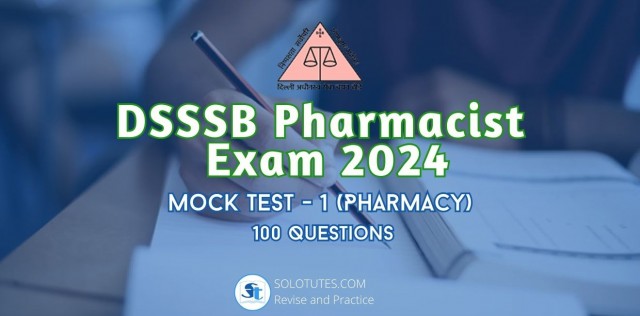
DSSSB Pharmacist (Allopathy) Mock Test 2024: Practice 100 Previous Year Questions
(100 Questions , 392 attempts)
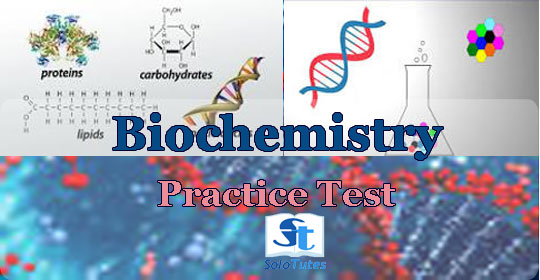
Biochemistry Test Series | Practice Set 5 | Revision MCQs for Pharmacy and Medical Exams
(25 Questions , 53 attempts)

Biochemistry Test Series | Practice Set 3 | Revision MCQs for pharmacy and medical exams
(25 Questions , 24 attempts)
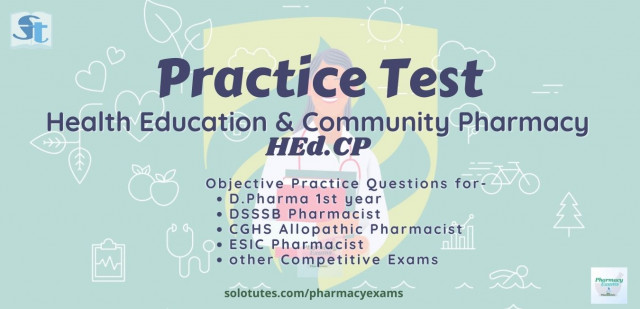
Health Education Practice Test #1 | H.E.C.P. MCQs for Pharmacy Exams
(20 Questions , 67 attempts)
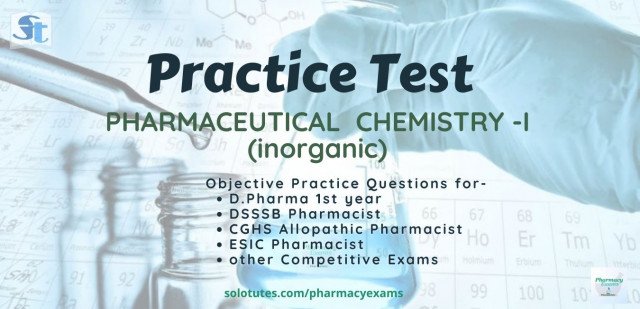
Pharmaceutical Chemistry-1 (Inorganic) Practice Test Set #2 | P Chem 1 MCQs
(25 Questions , 99 attempts)
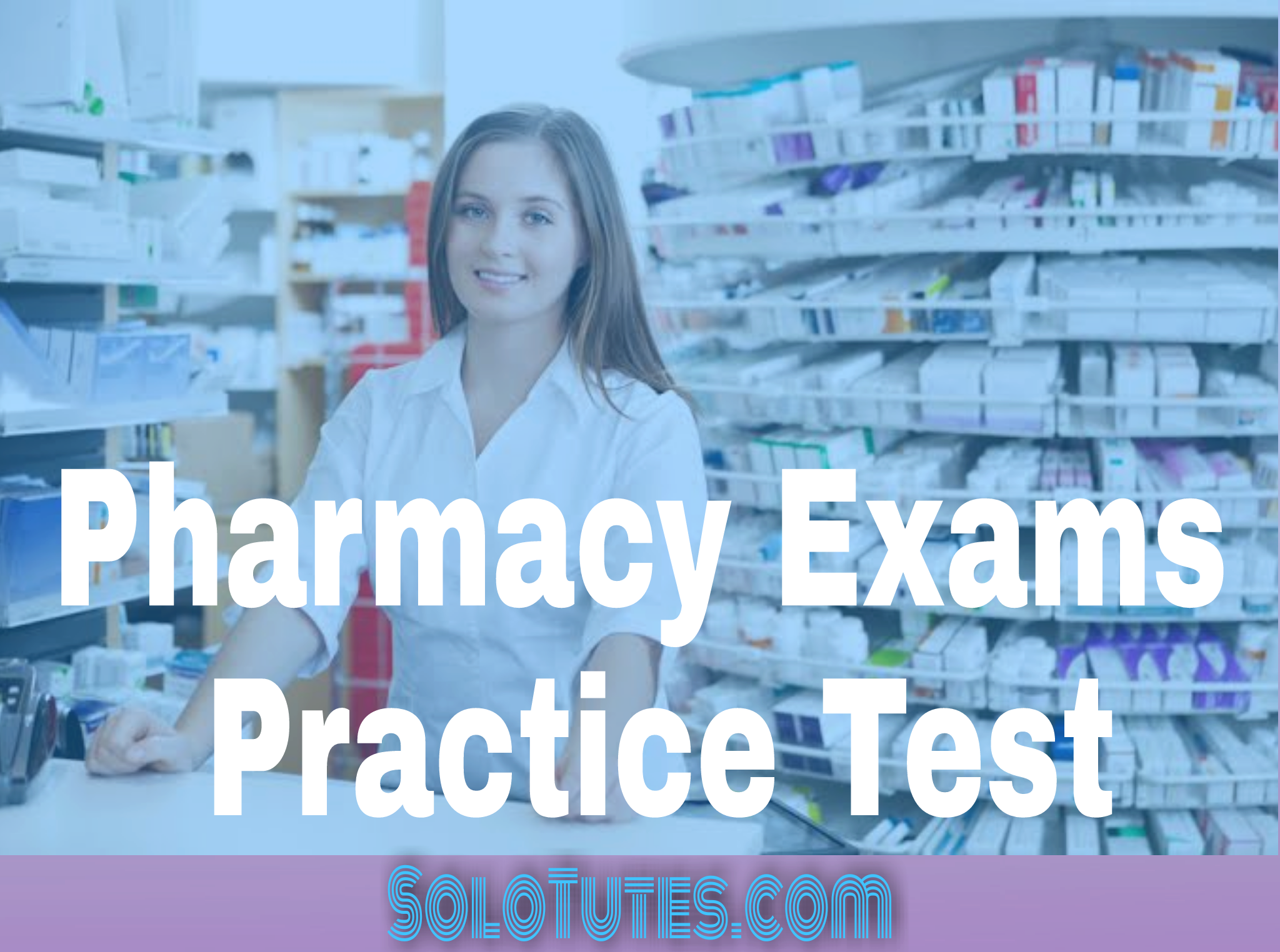
Online Practice Test for Pharmacy exams, previous Year questions
(50 Questions , 2716 attempts)
.png)

